The 1961 vintage marks a special date for Barolo and Barbaresco: this was the first year that wines were produced whose grapes came from a single vineyard. The Prunotto winery launched a Barolo from the Bussia vineyard as well as the Barbaresco Montestefano, and Vietti launched its Barolo Rocche di Castiglione. This was remarkable because until then it had been a proven tradition to bottle the wines as a cuvée of different sites. Single-vineyard wines are a relatively new phenomenon in Barolo and Barbaresco. An overview of the wines from these appellations currently tasted by Marcus Hofschuster, including ratings, can be found at BEST OF Bar olo and BEST OF Barbaresco.
The wines from Prunotto and Vietti were not the first selections, however. There had already been a few labels on which the origin of the grapes was mentioned, even if only in handwriting. But it is only with these wineries that it is certain that their wines were actually made from the grapes of a single vineyard. They were therefore genuine single-vineyard wines.
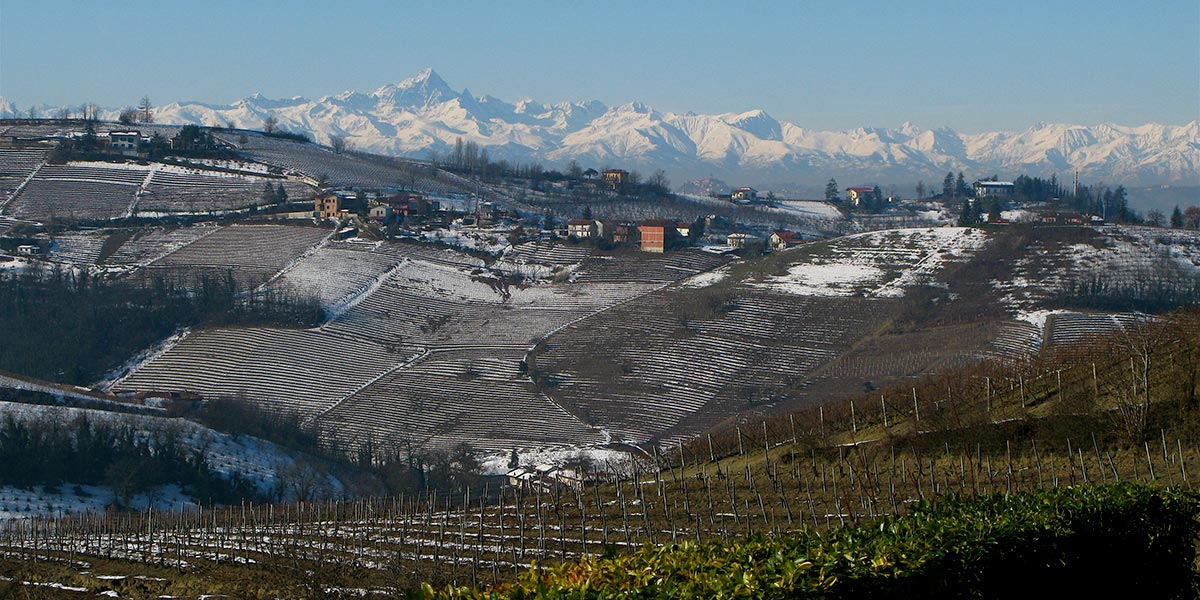 |
In the following years, other wineries also began to vinify and bottle their sites separately. But compared to the rapid increase in overall production, the number of single-vineyard wines grew only slowly at first.
It was not until the second half of the 1980s, a time when a great many new producers appeared on the scene, that there was a veritable explosion of names and appellations. This resulted in a mix of historical site and place names of various spellings, fantasy names and brand names. For example, there were many labels with the name Rocche on them, without it being obvious whether it was the Rocche of Castiglione in Serralunga, the Rocche of Annunziata in La Morra or some Rocche elsewhere.
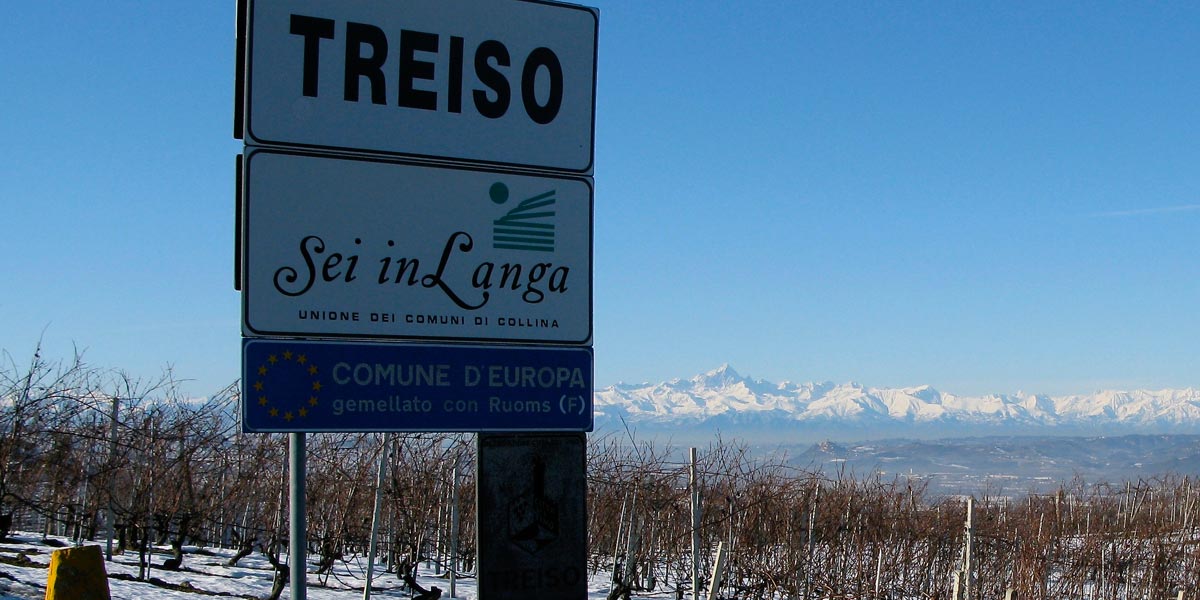 |
At the beginning of the 1990s, the situation had become so confusing and confounding that regulation became necessary. The individual Barolo and Barbaresco communes began to work independently of each other to draw up a register of precisely defined vineyards. The commissions charged with this task were mainly composed of winegrowers. Other experts were also consulted, as well as the oral knowledge of the ancients, cadastral plans and historical documents.
The mapping of vineyards turned out to be complex and protracted because of the different interests involved. In addition, the law was not clearly defined and could be interpreted in different ways. Thus, it took a good twenty years until the result was finally incorporated into the production rules for Barolo in 2010. For Barbaresco, whose production area comprises only four instead of eleven communes, the vineyard register could already be included in the regulations in 2007.
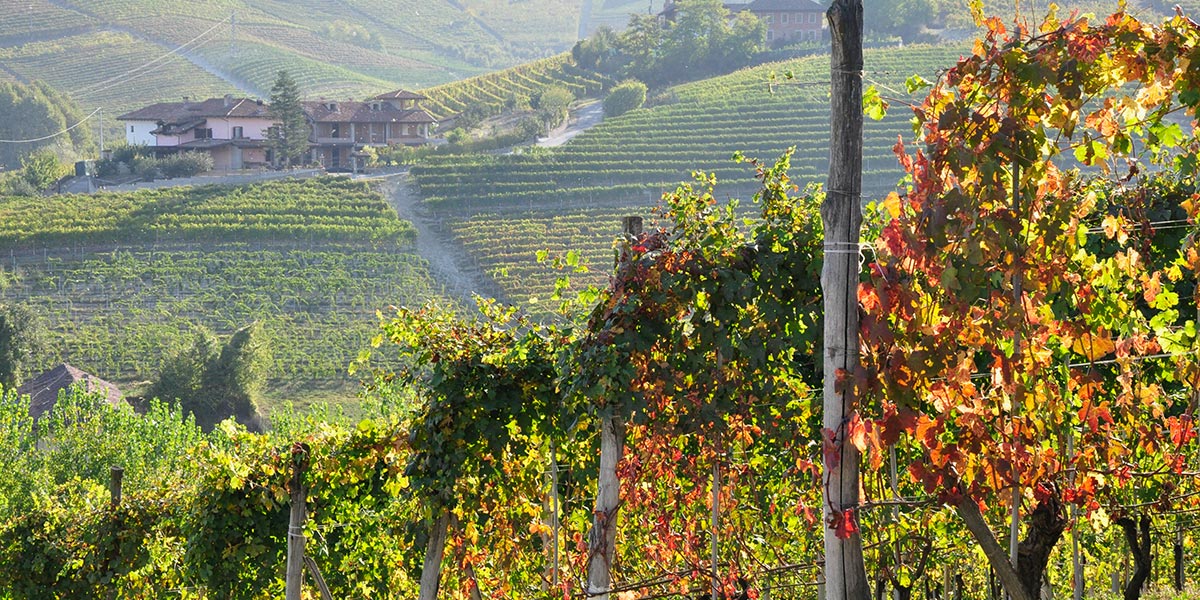 |
Officially, the names of the vineyards are called menzioni geografiche aggiuntive, "supplementary geographical indications". The common, but not official, abbreviation is MGA. Sometimes the abbreviation MeGa is used, but this is not official either. For the sake of simplicity, in the following we will always refer to MGAs as a synonym for menzioni geografiche aggiuntive.
The MGAs are geographically precisely delineated areas within the Barolo and Barbaresco growing regions. They correspond broadly to what the French call cru. Not least for this reason, the term Cru has prevailed in everyday language over the somewhat unwieldy official designation. Barolo has a total of 170 MGAs, while Barbaresco has 66.
For Barolo, there are an additional eleven municipality designations, which will be explained in more detail.
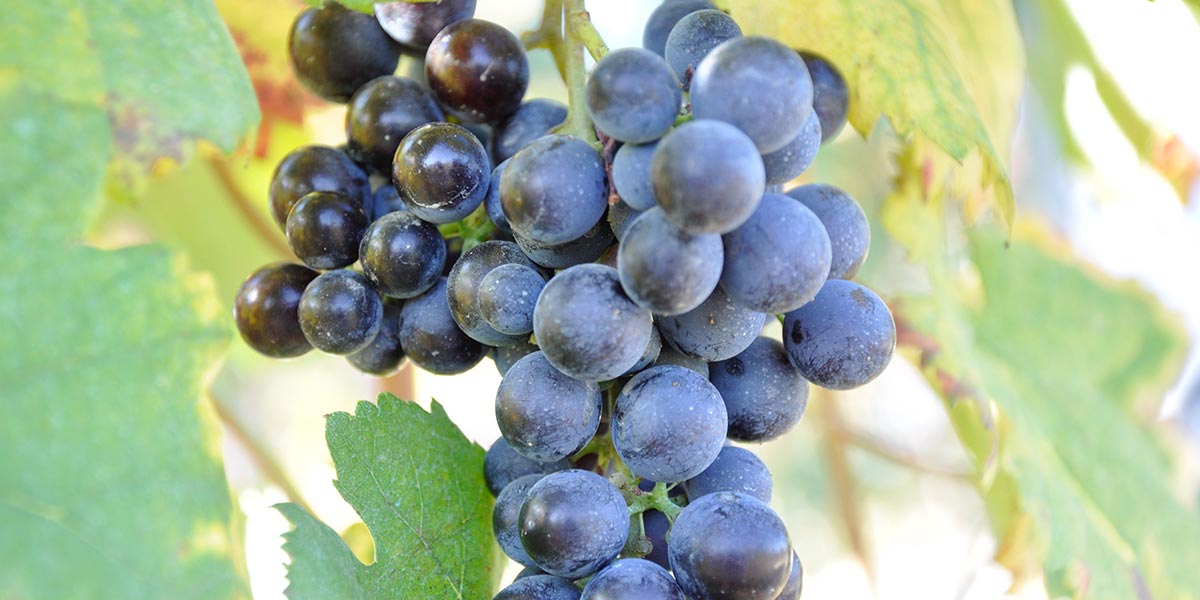 |
Since the winegrowing tradition in the Barolo and Barbaresco area is not limited to Nebbiolo, there are also vineyard areas within an MGA that are planted with other varieties such as Dolcetto and Barbera. In addition, for reasons that go beyond the scope of this article, MGAs can also contain woodland and other agricultural land such as hazelnut plantations.
However, the MGAs are not structured hierarchically. A Barolo with an MGA on the label is not automatically of higher quality or greater reputation than a wine with a fancy name, or one that is simply called Barolo. However, for those wineries that use the official vineyard names, these wines are above those without an additional designation in the internal hierarchy.
Absurdly, an EU regulation prohibits the indication of two or more MGAs. This means that the noble tradition of assemblage is not mentioned on the label.
A prominent victim of this regulation is the cult Barolo from Cantina Bartolo Mascarello, where they refuse on principle to bottle the different sites separately. At Mascarello, they are convinced that the cuvée always produces the better Barolo. Single-vineyard bottlings are considered a fad without historical roots. In the past, the Mascarello label featured all the vineyards used for the wine: Canubbi - San Lorenzo - Rué - Rocche. Since the disciplinary change, this is no longer allowed. The wine is now marketed as a simple Barolo.
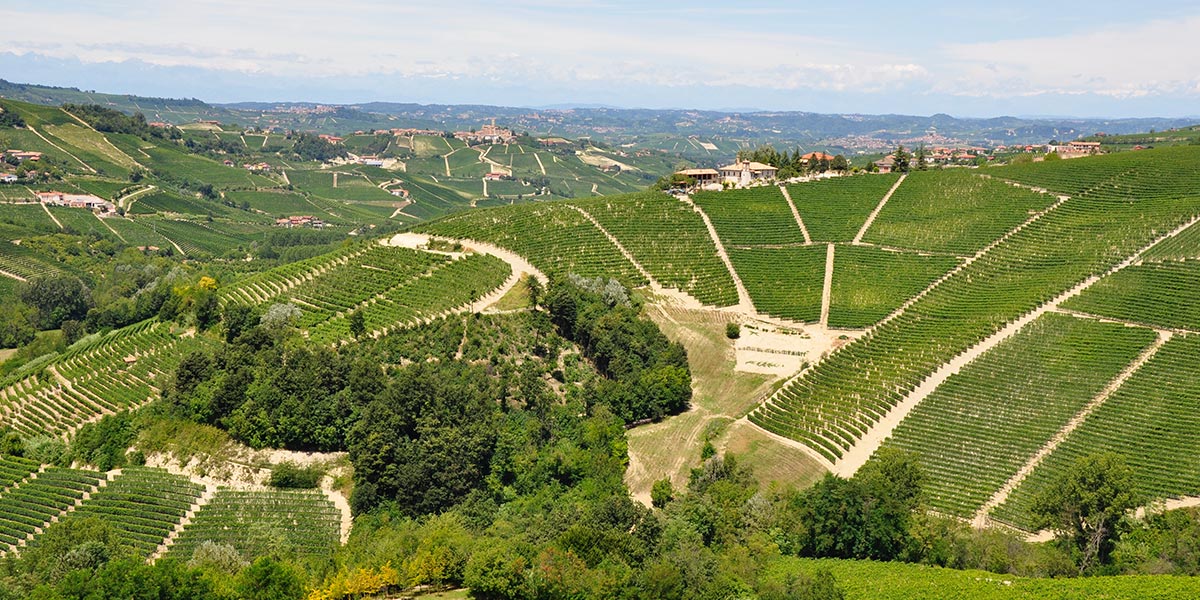 |
Barolo wines whose grapes come from different MGAs of only one commune are allowed to show their origin on the label. For example, a wine whose grapes come from MGAs in the municipality of Serralunga may call itself Barolo del Comune di Serralunga. Such a communal MGA exists for each of the eleven Barolo communes.
the commune from which the grapes originate (for example, Barolo del Comune di Serralunga)
This only applies to the eleven Barolo communes; the designation is not provided for Barbaresco.
the complementary geographical indication (MGA) (for example Barolo Cannubi or Barbaresco Montefico).
the name of a vineyard registered in the vineyard register (Vigna rivendicata), but only in combination with the prefix Vigna(or Vigne, Vigneto or Vigneti) AND simultaneous indication of the MGA - for example Barolo Bussia Vigna Colonello or Barbaresco Basarin Vigna Gianmaté.
The indication of the vineyard on the label does not automatically also mean higher wine quality, even if in this case a yield restriction of 7.2 tonnes instead of eight tonnes per hectare is prescribed.
The use of a fancy or brand name on the label is also permitted. However, it is not easy for the consumer to distinguish an official vineyard name from a fantasy name without any doubt. Who knows the difference between Barbaresco Meruzzano - Meruzzano is an MGA - and the private brand Barbaresco Monciraldo? The only remedy for reading the label is to consult the MGA directory. wein.plus writes official vineyard names in wine reviews without inverted commas, but fantasy names with inverted commas.
The clear, generally binding definition of vineyards is one thing, but their classification is another. The system of MGAs does not provide any information about the qualitative potential of the individual crus; famous and unknown sites stand side by side on an equal footing. Classification is tricky, because in addition to first-class sites, the less good ones must also be defined. In view of the economic interests associated with wines like Barolo and Barbaresco, this is simply impossible. No institution today has the necessary authority to enforce an official classification.
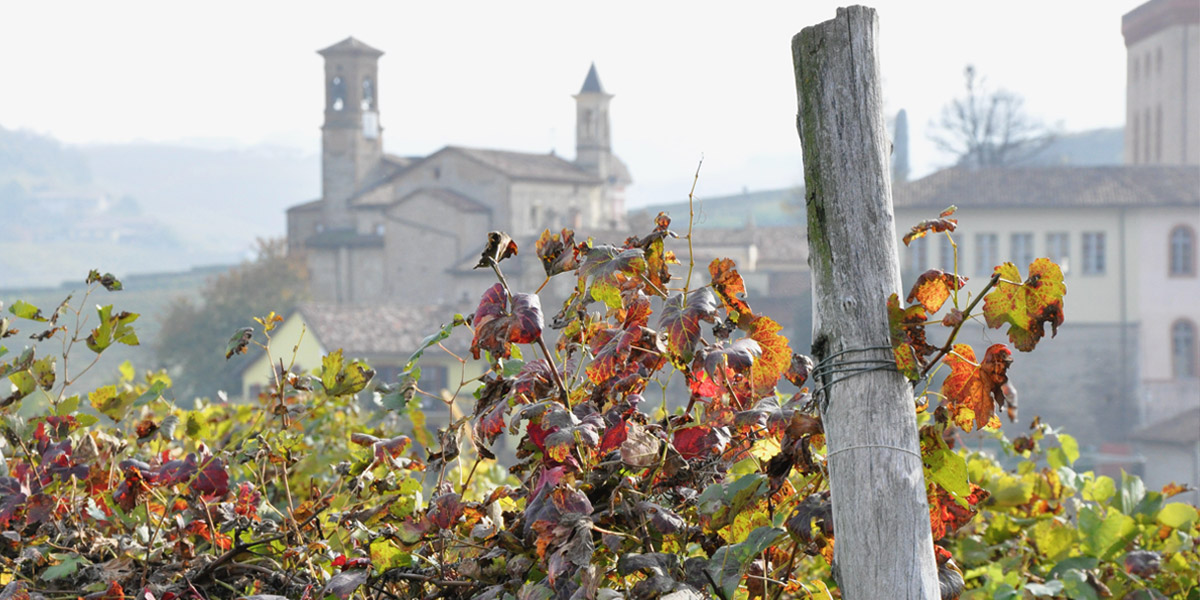 |
Throughout history, however, there has always been something like an unofficial classification. The fact that Barolo and Barbaresco used to be almost exclusively cuvées of different sites should not obscure the fact that the differences in quality of the individual zones were very well known. From the winemaker to the grapemediator (mediatore) to the trading house, everyone involved knew where the best grapes for a top-quality Nebbiolo grew. Even the first cooperative in Barbaresco paid for the grapes at the turn of the 20th century according to their origin and not according to must weight.
However, only a few written records were made of the knowledge that was always passed on orally. The first ones can be found in a book by Lorenzo Fantini from 1879, which lists a number of sub-zones of Barolo and Barbaresco, some of which are highlighted as particularly suitable. Special credit for the documentation of the vineyards goes to the journalist Luigi Veronelli, who in the 1970s compiled and systematically prepared everything he could find on the subject in unprecedented detail.
At the same time, the famous map of Barolo vineyards was created, with which winemaker Renato Ratti attempted a classification. When looking at the map, it is noticeable that some of the names that were important at the time have since been forgotten and others, which are now among the top vineyards, have gone unmentioned. Almost unchanged, on the other hand, are those sites that Ratti counted among the top crus. They are still among the best in the growing region. Classifications, it turns out, are also always children of their time. They are not rigid and valid for all times, but are subject to a constant dynamic.
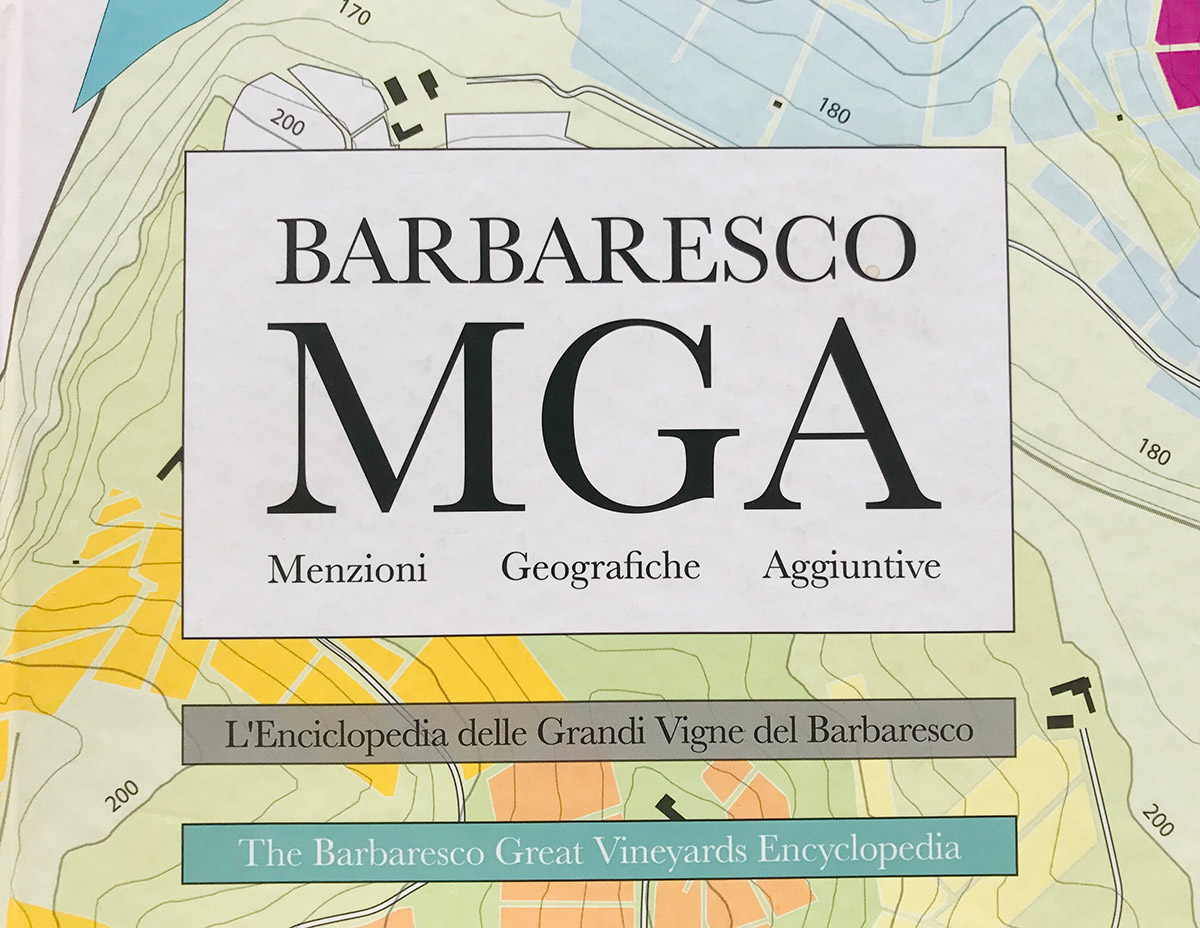 |
For those who want to deal more intensively with the subject of vineyard designations, the books and maps of the "map-man" Alessandro Masnaghetti are highly recommended. In years of work, the journalist has compiled everything worth knowing about the MGAs and created precise detailed maps of the crus. His books are a must for Barolo and Barbaresco fans. It was only in August 2020 that his latest coup went online, the website Barolo MGA 360°, where you can explore the Barolo growing region from a drone's perspective with municipalities, sites, soils, orientation and winemakers down to the smallest detail. More information at http://www.enogea.it